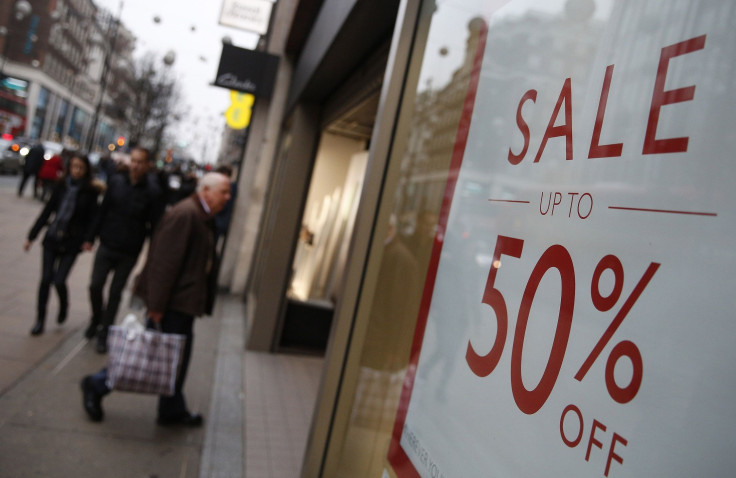Retail sales for December slip 0.1 percent to $25.61 billion: ABS

Retail sales for December witnessed a surprising decline, as noted by the data released by the Australian Bureau of Statistics. The decline for the sales in December accounted for 0.1 percent, which was in contradiction to the market expectations of a 0.3 percent rise.
The retail sales slipped by 0.1 percent to reach $25.61 billion in seasonally adjusted terms. November’s statistic of a 0.2 percent increase was also refreshed to 0.1 percent. Taking into account these findings, the annual retail sales growth slowed to 3 percent. This is lower than November’s figure (3.2 percent) and the slowest recorded in six months.
Sales of household goods and “other” retailers saw a decline in the month of December – negative 2.3 percent and negative 0.2 percent respectively. Increased sales were witnessed in food (0.5 percent), clothing, footwear and personal accessories (1.4 percent), cafes, restaurants and takeaway food services (0.2 percent) and department stores (0.3 percent).
According to the ABS, the decline seen in terms of household goods was majorly as a result of a 6.6 percent drop in hardware sales. The decrease in sales through December was noted to have been caused by the shuttering of Woolworths’ Masters hardware stores which had previously enjoyed a period of impressive sales. Sales with heavy discounts in order to clear stock were brought forward ahead of the closure, causing them to decline steeply in December.
Royal Bank of Canada fixed income and currency strategist Michael Turner said retailers offering heavy discounts on products at the end of last year had paved way for a consumer price growth of 0.5 percent, which was slower than expected. As a result, although the dollar value of retail sales saw a decrease, the number of products sold was not unimpressive. "There doesn't seem to be much retail-based inflation at all, but volumes seem to be OK in December," Turner said, speaking with AAP (via Yahoo 7).
During August through October last year, increases in the bracket of 0.4 percent and 0.6 percent were seen. “Looking ahead, the fall in nominal sales in December is worrying for 2017,” Capital Economics economist Kate Hickie said. “While consumption growth is unlikely to collapse, we suspect it will slow from 2.7 per cent last year to 2.2 per cent this year due to persistently low wage growth and modest employment growth.”
There was an increase in sales in South Australia (1.2 percent), the Northern Territory (1.1 percent), Western Australia (0.6 percent) and Tasmania (0.5 percent). In Queensland, the trade was flat.





















